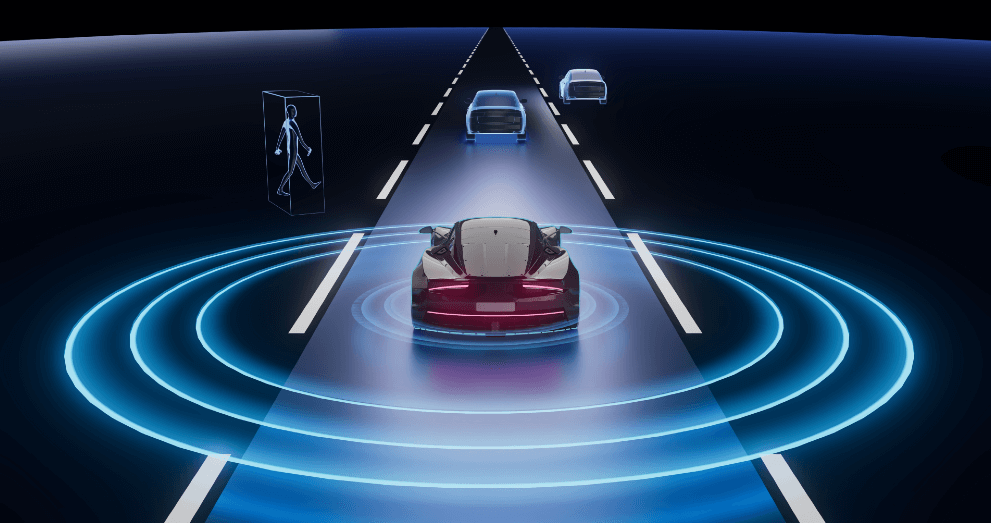
Safety features in cars are designed to save lives, but do they actually work? Any new vehicle on the market is outfitted with dozens of little sensors and warning bells that protect motorists from danger and during accidents. Do these devices truly work, or are they simply making your journey a little more annoying?
Read further to learn how driver safety tools are making the roadways of America safer for everyone. You may not like all these alerts and alarms, but they are saving lives every day.
Seat Belts
Seat belts are a safety advancement unlike any other, starting with the standard lap belt. The three-point seat belt was developed by Volvo in 1959 to improve effectiveness beyond a lap belt, and that technology was not patented so that other manufacturers could keep their customers safe. According to NHTSA, the seat belts alone save thousands of lives every year, all thanks to engineer Nils Bohlin.
Air Bags
Since the adoption of frontal air bags in 1987, NHTSA has found that air bags have saved over 50,000 lives. Reducing the impact of a crash makes vehicles safer, and side curtain air bags have become standard options that prevent serious injury in the event of a sideswiping crash.
Yes, air bags are startling and can even hurt, but they are much safer than the full force of an auto accident.
Stability Control
Electronic stability control on modern vehicles generally keeps the back wheels from losing control on the road. On rainy or slippery roads, stability control helps prevent spinouts, and this very same technology can adapt to the terrain in off-road vehicles.
Anti-Lock Brakes
Anti-lock brakes have been preventing skidding since their broad adoption in the 1990s. Without this technology, there is no certainty that drivers will stop quickly. This technology prevents countless accidents every day and gives motorists the opportunity to adjust under heavy braking.
Blind Spot Warnings
Blind spot warnings prevent drivers from leaning forward and guessing when they change lanes. At times, drivers simply do not see another vehicle that lies in their blind spot, and a simple warning in the vehicle helps prevent avoidable collisions. While other motorists might see you, honk the horn, or get out of the way, it’s better to avoid these situations altogether.
Backup Cameras
Backup cameras prevent pedestrian accidents in parking lots, help drivers avoid slow-moving accidents, and help when backing into oncoming traffic. A parallel proximity warning is also helpful when you want to squeeze your car into a tiny space, back into a garage, or docking bay.
Lane Intrusion Alerts
Lane intrusion alerts are similar to blind spot warnings, but they let you know when other cars are nearby. Yes, these warnings may sound quite often on the road, but it is better to know that another vehicle is nearby.
Use All the Safety Devices in Your Car
Tens of thousands of road users die each year in the US. The small city of Modesto, California alone averages around 20 car accident fatalities each year. Car technologies are being designed to reduce the loss of life. When you get behind the wheel, it is wise to trust the safety devices within your vehicle. So much has been done to keep you safe, and allowing the car to support you will go a long in protecting you, your passengers, and other motorists.
